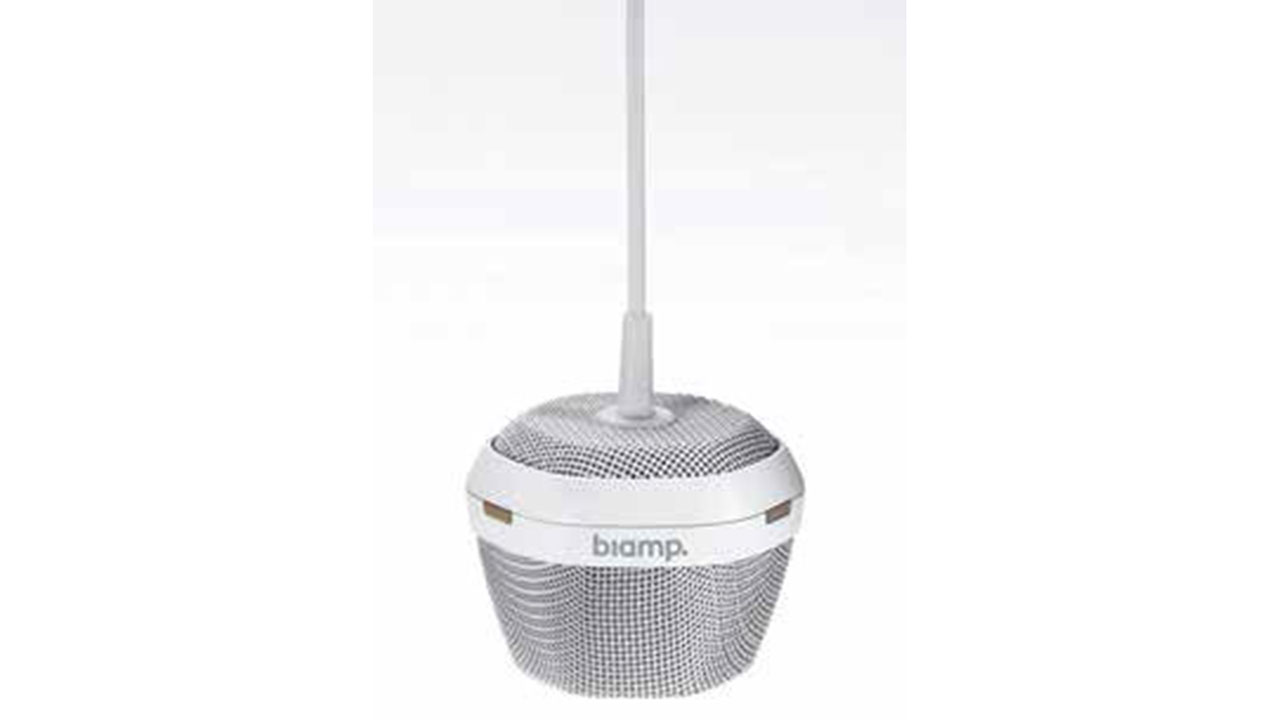Transforming Meetings With Smarter UC Solutions

The metric for measuring the success of a meeting and collaboration space is changing. In the past, when a technology manager had 10 rooms to outfit, the mission was straightforward: stay on budget and on schedule. Now, with the ability to glean device usage and room activity information from the connected systems in place, success runs deeper. Technology managers now need to ensure AV solutions produce ROI that shows users are consistently benefitting from the installed technology within the space every day, week, and quarter.
Despite the growing requirement for content sharing and video in collaboration, audio is still the top priority and every meeting space needs to be well equipped to provide clear, intelligible audio. This means all rooms must perform well, especially on behalf of remote participants. Engineering users may need to get up and write on a whiteboard, or in the case of business managers and creative teams, participants may join the meeting for specific topics, sharing and collaborating on documents. By taking steps to understand these different users’ collaboration needs and expectations, technology managers can equip the room with the right technology and increase the value of the meeting space.
In many UC applications, beamforming microphones are emerging as a preferred technology for capturing the conversation in the room for delivery to the far end. Beamforming microphones contain multiple microphone elements that work together to form a single, spatially distributed microphone that can be steered to cover the areas where meeting participants are most likely to be located, providing the best coverage of the space.
However, traditional beamforming microphones are limited in their coverage. The person speaking must be within the predetermined beam area to reap the full benefits, and it’s possible that not every location can be covered. Ensuring that each location within a meeting room is covered is a lofty expectation, especially for more robust collaboration spaces where people are moving around and holding a more dynamic meeting.
Beamtracking microphones take it one step further. With the advent of more intelligent DSP, it’s now possible to have microphone technology with beams that are flexible and adaptable to the movement in the room. The “beams,” or polar pattern, of the mics can be controlled and shaped through the DSP, allowing them to be aimed at the people speaking in the room, even as they move around while talking. Essentially, the participant talking determines where the beam should be, rather than the beam determining where the participant should be located within the room. Potential dead spaces from the initial setup are effectively eliminated. Other advantages include the microphone not needing recalibration in multipurpose rooms or where furniture moves around, depending on the meeting requirements. What’s more, if the microphone can generate multiple beams, it can cover multiple people simultaneously.
These attributes make beamtracking microphones an excellent option for spaces with UC, as they accurately capture people talking and deliver the conversation naturally. In larger spaces where more than one beamtracking mic is used, it’s critical that the DSP intelligently utilizes the microphones to provide continuous clear audio pickup as people move around the room and among the microphones.
With installation success measured on the room’s frequency of use, participants can’t be expected to work around the shortcomings of the AV solutions that are essential to their productivity. Beamtracking technology represents a shift in more intelligent, and intelligible, conversations. It customizes the collaboration experience, where the technology is transparent and gives the people what they need to work more efficiently and most productively.
A daily selection of features, industry news, and analysis for tech managers. Sign up below.
Rob Houston is the unified communications product manager at Biamp Systems.
